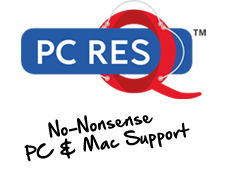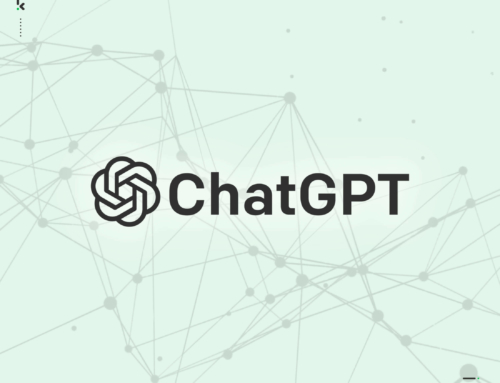A quick flush and it was gone.
I’m writing this email on a sunny Tuesday in a Hampton Hill café.
There’s something about the four walls in my office that simply doesn’t get the creative juices flowing.
My thoughts and inspiration comes to a blank…
But, walking away from the office in the open space lifts the cloud and the ideas come flooding in.
To have the mind in a relaxed state most definitely helps and a coffee shop on a glorious day watching the world go by is an ideal setting.
Not that I needed much inspiration for this week’s email though…
Lindsay, a client of mine in Richmond had quite an expensive visit to London last Thursday and thought I’d share her experience with you.
She had a business meeting arranged for 11.30am near Bank tube station and as she arrived with plenty of time to spare, she popped into a coffee shop to catch up on her emails.
Got herself connected to the shop wifi with a fresh coffee to hand and nipped off to the ladies which was around ten feet away – but that turned out to be quite an expensive visit…
Lindsay took her handbag and mobile phone with her and left the laptop on the table, as she’s done many times in the past.
Well she got a nasty shock on her return as the laptop had vanished.
Very surreal moment as I’ve experienced a similar experience in the past when my car was stolen when living in Bristol in my Uni days.
I knew exactly where I’d parked the car the night before, but the shock plays with the mind, so there I was walking up and down the street for around fifteen minutes to make sure it wasn’t parked elsewhere.
Lindsay’s checked inside her bag and under the table but the reality soon struck.
She called me in a moment of panic for advice on what to do.
The unfortunate thing was that she’d chosen a small coffee shop that didn’t have any security cameras and no one noticed anything suspicious.
She did have a password set on the Windows laptop but this is very little, if any protection to the documents and other data.
Tools to reset a Windows password in a matter of minutes is easily accessible to download from the internet.
On the plus side, Lindsay never saved passwords for websites she visited and didn’t have any documents with password details stored or anything that contained confidential information.
She did however have all her passwords written down in her notepad, which I certainly wouldn’t advise! – but that’s a story for another day.
Other than the hassle, inconvenience and cost of losing her laptop, it could’ve been a lot worse.
Storing confidential documents on a system with or without a login password is a recipe for disaster.
To have all website passwords stored is a big time saver without the need to enter it each time, but this could also land you in hot water.
So what’s my advice?
I’ve mentioned in the past about encrypting your data; a tool that scrambles up the content of your files to an unreadable format.
But I’d recommend to go one step further…
With disk encryption, it will scramble up the entire hard drive and the system is only accessible after typing in a password on switching on the computer.
So entering an incorrect password equals a useless machine.
And unlike the weak login password, the encryption password (which is entered before your login password) is not hackable.
Absolutely nothing will work; it simply will not boot up to the Windows or Mac Operating System.
If you have a Mac, disk encryption is already available to you.
It’s called FileVault and can be found within System Preferences / Security & Privacy / FileVault.
A word of warning – Don’t forget to take a full Time Machine backup BEFORE you run FileVault and encrypt the drive.
Anything can happen so better to be safe than sorry.
For Windows, if you have Professional or Enterprise edition of Windows 8, 8.1 or 10, or the Ultimate version of Windows 7 then you can use BitLocker Drive Encryption.
BitLocker can be found in Control Panel / System and Security / BitLocker Drive Encryption.
If you have a different version of Windows, then I can highly recommend Symantec Drive Encryption.
To purchase a copy of this software, click on the link here.





